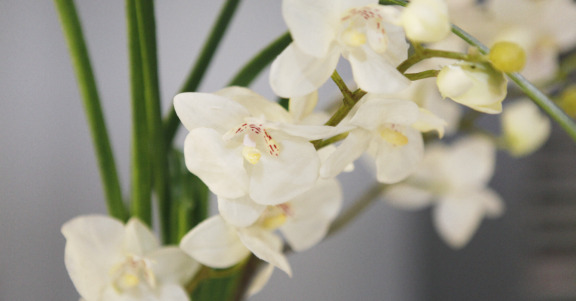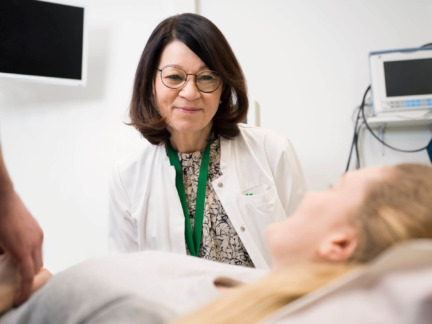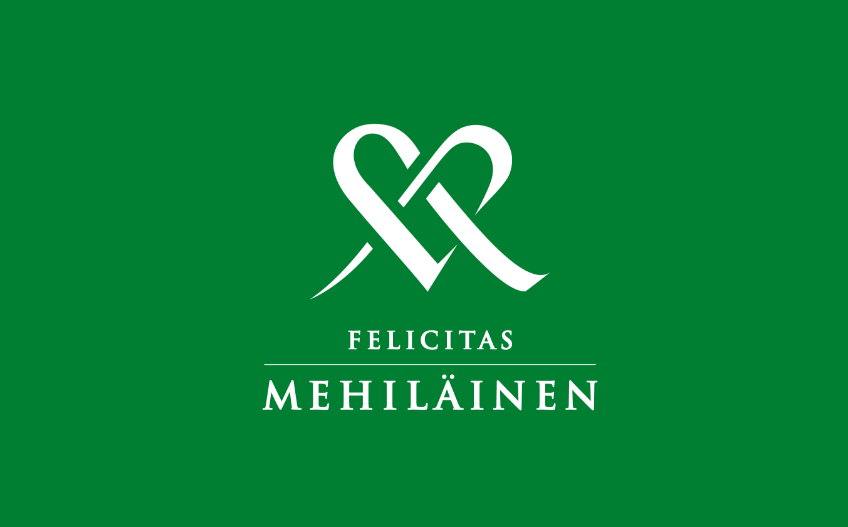Blastocyst culture, i.e. extended embryo culture
During IVF treatment, embryos are grown in a cell laboratory before being transferred to the uterus. In blastocyst culture, also known as extended culture, embryos are cultivated in an incubator for five to seven days until the blastocyst stage. In preimplantation genetic diagnosis, embryos are always cultivated until the blastocyst stage.
Blastocyst culture provides valuable information on embryo development. It can be used to avoid unnecessary embryo transfers, freezing and related costs. Extended culture does not improve the quality of embryos, but it can be used to select the most viable embryos for embryo transfer or freezing. The method ensures that the development of the embryo does not stop before the blastocyst stage. Therefore, the probability of pregnancy is up to 60% for each embryo transfer.
The blastocyst is ready to attach to the endometrium
An embryo that normally grows in the body has already travelled from the fallopian tube to the uterus when it reaches the blastocyst stage and is ready to attach to the endometrium. It is therefore more timely to transfer an embryo in the blastocyst stage to the uterus than, for example, an embryo that is three days old.
Not all embryos develop into blastocysts
On average, 40–50% of fertilised eggs develop into blastocysts. Embryo development may stop due to, for example, chromosomal or genetic disorders. Sometimes, on the third day of cultivation, the most promising embryo does not develop into a blastocyst, but remains in the division phase (days 2–4 of development). On the third day, an average-looking embryo may continue to develop into a high-quality blastocyst.
How is a blastocyst formed?
After egg collection and fertilisation, the embryo cells begin to divide. Between the second and fourth day, the embryo is in the so-called cleavage stage, and the embryos contain 2–16 cells (often 8 on the third day), and the cells can easily be distinguished from each other. When the connections between the cells become tighter and the number of cells increases rapidly (hundreds of differentiating cells), the blastocyst stage is reached. Typically, this takes place on the fifth day after fertilisation.
In the blastocyst stage, the embryo is a rapidly dividing spherical cell cluster with a fluid-filled cavity inside. The outermost layer of cells, called the trophectoderm, later develops into the placenta. The rest of the cell cluster (inner cell mass) later develops into an embryo and eventually into a foetus.
The blastocyst is surrounded by the embryo’s shell (zona pellucida, ZP), which thins and softens as the embryo grows with the help of compounds secreted by dividing cells. Eventually, the blastocyst begins to hatch out of its embryo shell and is ready to attach to the endometrium.


